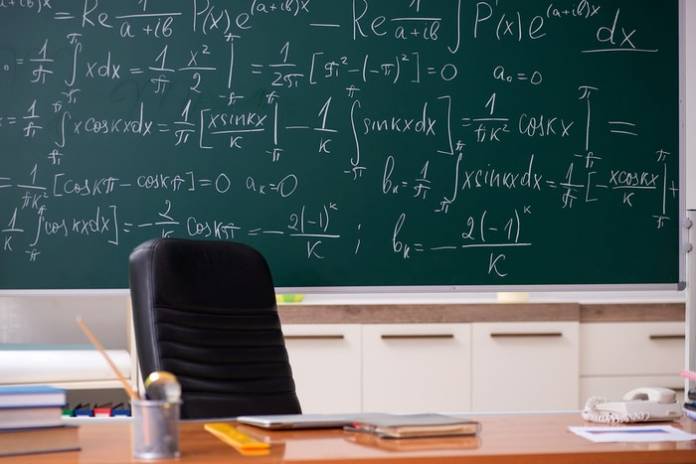
Freeman John Dyson, a foremost mathematician, and quantum physicist is dead. He died in a hospital near Princeton in New Jersey on Friday. He was 96. He was a professor at the Institute for Advanced Study in Princeton and made the place “his academic home for more than 60 years” according to the institute.
Born December 15, 1923, in Crowthorne, England, to a music composer and conductor father, Dyson attended Winchester College before gaining admission to the University of Cambridge, Trinity College, where he studied Mathematics. He served briefly with the Royal Air Force Bomber Command in 1943 before returning to Cambridge’s graduate physics program at Cornell in 1947 to study Physics.
He solved a major problem of the day in theoretical physics which involved how electrons and photons, as well as positrons, behaved in the face of quantum mechanics and special relativity to result in Quantum Electrodynamics (QED). He published his findings in 1949 and was appointed a professor of physics at Cornell in 1951. But he left Cornell and in 1953 became a scholar at the Institute for Advanced Study where he spent over 60 years before his death.
Dyson was a consultant for General Atomics in San Diego in the late 1950s where he designed a reactor employed for nuclear medicine and scientific research. He also worked on Project Orion which set its sight on reaching the solar system using a spacecraft powered by nuclear energy. In 1960, he published a paper that proposed harvesting the energy of the sun using a “Dyson sphere” constructed around the sun’s body. He also proposed growing genetically engineered trees in space to trap extraterrestrial intelligence.
Some of Dyson’s books in the late 1970s include “From Eros to Gaia,” “Disturbing the Universe,” “Weapons and Hope,” “Infinite in All Directions,” “The Sun, the Genome and the Internet,” “Maker of Patterns: An Autobiography Through Letters,” and others such as “The Curve of Binding Energy” and “The Starship and the Canoe” which he co-wrote with other authors.
Dr. Dyson was honored with the Templeton Prize for Progress in Religion in 2000 and several other honorary awards. “Science is exciting because it is full of unsolved mysteries, and religion is exciting for the same reason,” he had said. “The greatest unsolved mysteries are the mysteries of our existence as conscious beings in a small corner of a vast universe.”
Dyson’s first marriage to mathematician Verena Huber ended in divorce, and Huber died in 2016. He is survived by his second wife, Imme Dyson, and stepdaughter Katarina Haefeli; children from his first marriage George Dyson, Mia Dyson, and Esther Dyson, a famous Silicon Valley investor; and children from his second marriage Dorothy Dyson, Emily Dyson Scott, and Rebecca Dyson; as well as 16 grandchildren.
Sources:
https://www.nytimes.com/2020/02/28/science/freeman-dyson-dead.html
https://www.cnet.com/news/freeman-dyson-famed-physicist-and-creative-force-dies-at-96/











